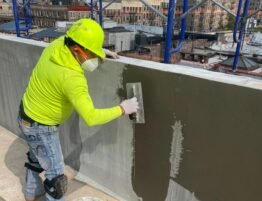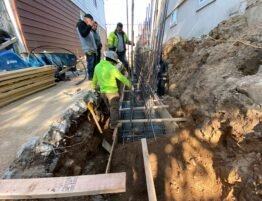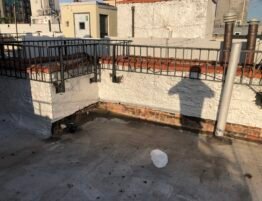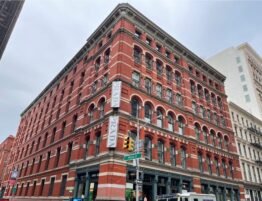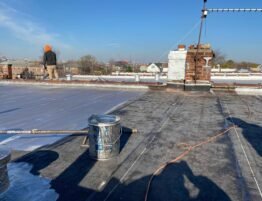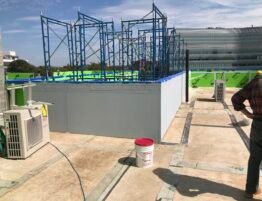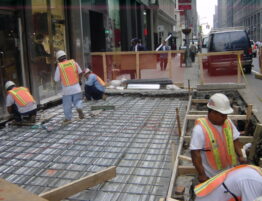
 According to the NYC Building Code, sidewalk sheds are obligatory during the construction of a high-rise building to ensure smooth foot traffic movement and business operations. These temporary structures are installed over pedestrian walkways and sidewalks as a shield against falling debris during a building’s construction, restoration, or demolition. You can spot numerous sidewalk sheds as you walk through the bustling streets of New York City.
According to the NYC Building Code, sidewalk sheds are obligatory during the construction of a high-rise building to ensure smooth foot traffic movement and business operations. These temporary structures are installed over pedestrian walkways and sidewalks as a shield against falling debris during a building’s construction, restoration, or demolition. You can spot numerous sidewalk sheds as you walk through the bustling streets of New York City.
Sidewalk shed companies Queens have installed such steel structures across large portions of sidewalks to comply with the City’s building and road safety codes. No matter how ugly it may look, it is a requisite to maximize protection for pedestrians in the City thronged with tall buildings and constantly undergoing new constructions.
Currently, there are about 6,000 sidewalk sheds in the City. So, there is a fair chance you will always come across one whenever stepping out! However, you cannot just build a sidewalk shed wherever you want! Sidewalk shedding services are accessible only in some particular scenarios. Today we will discuss the installation of sidewalk sheds as approved by the NYC Building Code.
Principal Considerations for Sidewalk Shed Installation
Before you install a sidewalk shed, you must understand the following standards as set forth by the government:
- For sidewalk shed solutions, you need to acquire permission from the authority. Not all sidewalk sheds are permissible. Illegal installation can cause you penalties and other litigations.
- A sidewalk shed must extend five feet above a building less than 100 feet tall and twenty feet if the building is 100 feet or higher.
- There must be adequate space between the sidewalk and the shed.
- The sidewalk shed must be equipped with signboards and lighting for pedestrian alert.
- The cost of sidewalk shed installation depends on the size, timeframe, and complexity of the project.
Reliable sidewalk shed companies Queens, strictly adhere to the rules and regulations of the NYC DOB to ensure you are safe from penalty charges and lawsuits.
The Installation Process
Cited below is the detailed installation process of a sidewalk shed:
- Design- Only a registered professional is authorized to design a sidewalk shed. The design must include a detailed description of the plan and elevation view specific to the project site. The load-bearing capacity of the sidewalk shed is also a significant aspect of the design outline.
- Material- Once a design is ready, the material selection comes next. Generally, wood and steel are the preferred choices. However, today, recycled plastic is also used for sidewalk shedding for building. Choosing the material depends considerably on the strength and durability of the sidewalk shed.
- Construction- After settling on the design and material, it is time to build the shed. The shed is erected complying with the building codes ensuring proper anchorage to the building and sidewalk and safe load storage. The site is prepared thoroughly to remove obstacles that can lead to potential hazards. The deck is placed securely once the vertical beams and members are installed.
- Lighting- After the structure is safely built, now comes lighting. The underside of the shed must always remain illuminated. So adequate lights are installed for uniform distribution. Often photo sensors are placed to control the lighting operation.
Conclusion
Sidewalk sheds are a significant component aiding pedestrian safety during building construction. It also enables convenient foot traffic movement without causing hindrance to daily rundowns. Hence, sidewalk shed maintenance is essential to keep the structure intact and avoid its sudden collapse. Safety does not end at installation! It begins with proper upkeep!

